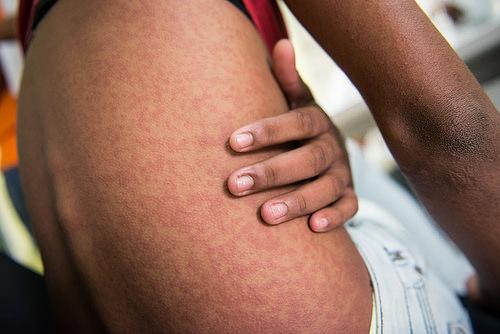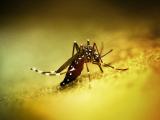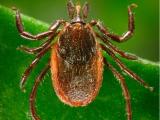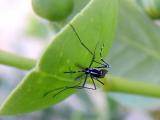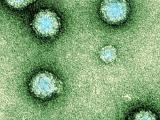France has reported two locally acquired chikungunya cases in the south, and countries in the Americas reported a small rise in their illness total.
In research developments, researchers from Kenya found that, based on lab studies, Aedes aegypti from three of the country's major cities are capable of spreading the disease.
French cluster not linked to imported case
In its weekly communicable disease threat report on Aug 18, the European Centre for Disease Prevention and Control (ECDC) said that French officials reported two confirmed local cases in Var district.
Aedes albopictus mosquitoes are established in southern France and in parts of several other European countries, the ECDC said. It added that clusters of locally acquired infections are not unexpected following the introduction of the virus to mosquito populations by a returning traveler.
In 2014, a chikungunya outbreak in the French city of Montpellier, also in southern France, resulted in 12 cases local cases, and authorities said the index case was an individual who contracted the virus in Cameroon.
The index case-patient in the latest cluster is a resident of Cannet-des-Maures in Var district who works in Alpes-Maritimes district. The patient started having symptoms on Aug 1. The second patient is a 67-year-old neighbor of the first case-patient who got sick on Aug 8.
No imported chikungunya cases have been reported in either of the districts that would account for introducing the virus to the area. The ECDC said French officials, who are experienced in managing chikungunya and dengue clusters, have implemented response steps, including vector control, case finding, blood safety measures, and communication with the public and health providers.
Americas sees uptick
Elsewhere, countries and territories in the Americas region reported a small rise in chikungunya cases, though many countries didn't update their totals, the Pan American Health Organization (PAHO) said on Aug 18.
The region reported only 39 more cases, raising the total so far this year to 141,458 suspected, confirmed, and imported cases. The number of deaths held steady at 51. The number is down sharply from the 153 new infections reported last week.
Brazil, the hardest-hit country so far this year by far, didn't update its total this week. A handful of countries reported a few new cases: El Salvador, Nicaragua, Bolivia, and Colombia.
Americas locations have now reported 2,528,169 chikungunya illnesses since the outbreak in the region began in 2013.
Aedes transmission threat in Kenya
In the wake of a 2016 chikungunya outbreak in part of Kenya and earlier outbreaks in the country, researchers who conducted lab experiments on mosquitoes found that Ae aegypti mosquitoes from three of the country's major cities—Mombasa, Kisumu, and Nairobi—were able to transmit the disease. The team published its findings Aug 18 in PLoS Neglected Tropical Diseases.
The outbreak last year affected Kenya's Mandera East region, resulting in at least 1,792 cases. Before that, Kenya experienced major chikungunya outbreaks from 2004 to 2005 that totaled thousands of cases.
In a study done to assess the transmission risk to the three cities, the researchers infectedthe mosquitoes at different infectious doses, then examined viral levels in the insects and their ability to transmit the virus to capillaries in the lab setting. Of the three cities, only Mombasa has reported chikungunya cases before.
Mosquitoes from all the cities were competent vectors in the lab. Infection rates were higher in Ae aegypti from Mombasa than for the other two cities, but the difference wasn't statistically significant.
About 60% of mosquitoes became infected after exposure to an infectious blood meal, and about 10% of those exposed to the virus were able to transmit the virus into a capillary tube.
The authors said that temperature and feeding behavior may play roles in transmitting the virus, adding that although vector competence is important for risk assessment, surveillance and control of Ae aegypti should be the main focus for programs to control chikungunya.
See also:
Aug 18 ECDC weekly communicable disease threat report
Aug 18 PAHO chikungunya update
Aug 18 PLoS Negl Trop Dis abstract
